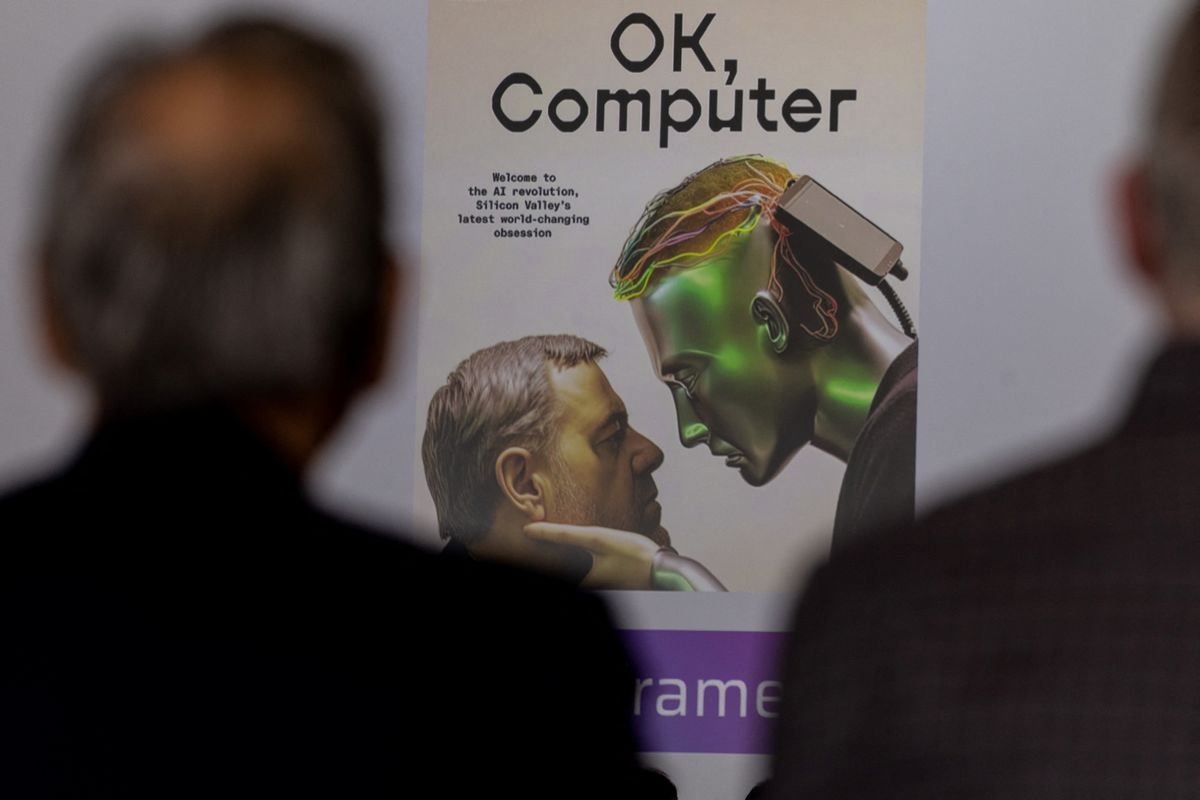How can AI be used in cancer screenings?
A new study from Sweden showed how AI performs when it comes to diagnosing disease – specifically breast cancer.

A few minutes every morning is all you need.
Stay up to date on the world's Headlines and Human Stories. It's fun, it's factual, it's fluff-free.
Humans are still touch-and-go when it comes to artificial intelligence (AI), and that hesitation is understandable since it’s such new tech. But now that we have the kinds of technology to build on our own human skills and knowledge, there are clear ways that AI could help us.
One area where these ideas are being explored is through medicine. Tech companies have been pushing to use AI in the medical field. IBM says that AI tools can be applied to many areas of healthcare, including disease detection and diagnosis, personalized disease treatment, medical imaging, clinical trials and drug development. But how helpful has AI proven to be in this field?
Well, on Tuesday, a new study from Sweden published in the Lancet Oncology Journal showed how AI performs when it comes to diagnosing disease – specifically breast cancer. According to the World Health Organization (WHO), over 2.3 million women develop this disease every year, so developing better detection and diagnosis for it could mean helping millions of women live better lives.
During the study, about 80,000 women had standard mammogram tests performed on them. They were split into two groups, and a little over half of the cancer screenings were done with the help of AI and a human radiologist. The other participants were given traditional cancer screenings by two radiologists. The idea here was to see both how good AI is at detecting signs of cancer and if it’s more likely to flag false positives. And the results were actually pretty encouraging.
“AI-supported mammography screening resulted in a similar cancer detection rate compared with standard double reading, with a substantially lower screen-reading workload, indicating that the use of AI in mammography screening is safe,” the study found. Among patients given AI-empowered breast cancer screenings, 28% returned detected cancer. Among patients who got conventional cancer screenings, about 25% returned detected cancers. Both types of screenings had a 1.5% false positive rate. And radiologists who worked with the AI looked at 36,886 fewer screen readings than the radiologists doing conventional screenings.
Now, this doesn’t mean that radiologists are suddenly all going to lose their jobs or that we’re going to start completely relying on AI when it comes to cancer detection.
As lead study author Dr. Kristina Lång, from Lund University in Sweden, explains, “While our AI-supported screening system requires at least one radiologist in charge of detection, it could potentially do away with the need for double reading of the majority of mammograms, easing the pressure on workloads and enabling radiologists to focus on more advanced diagnostics while shortening waiting times for patients.”




Comments ()